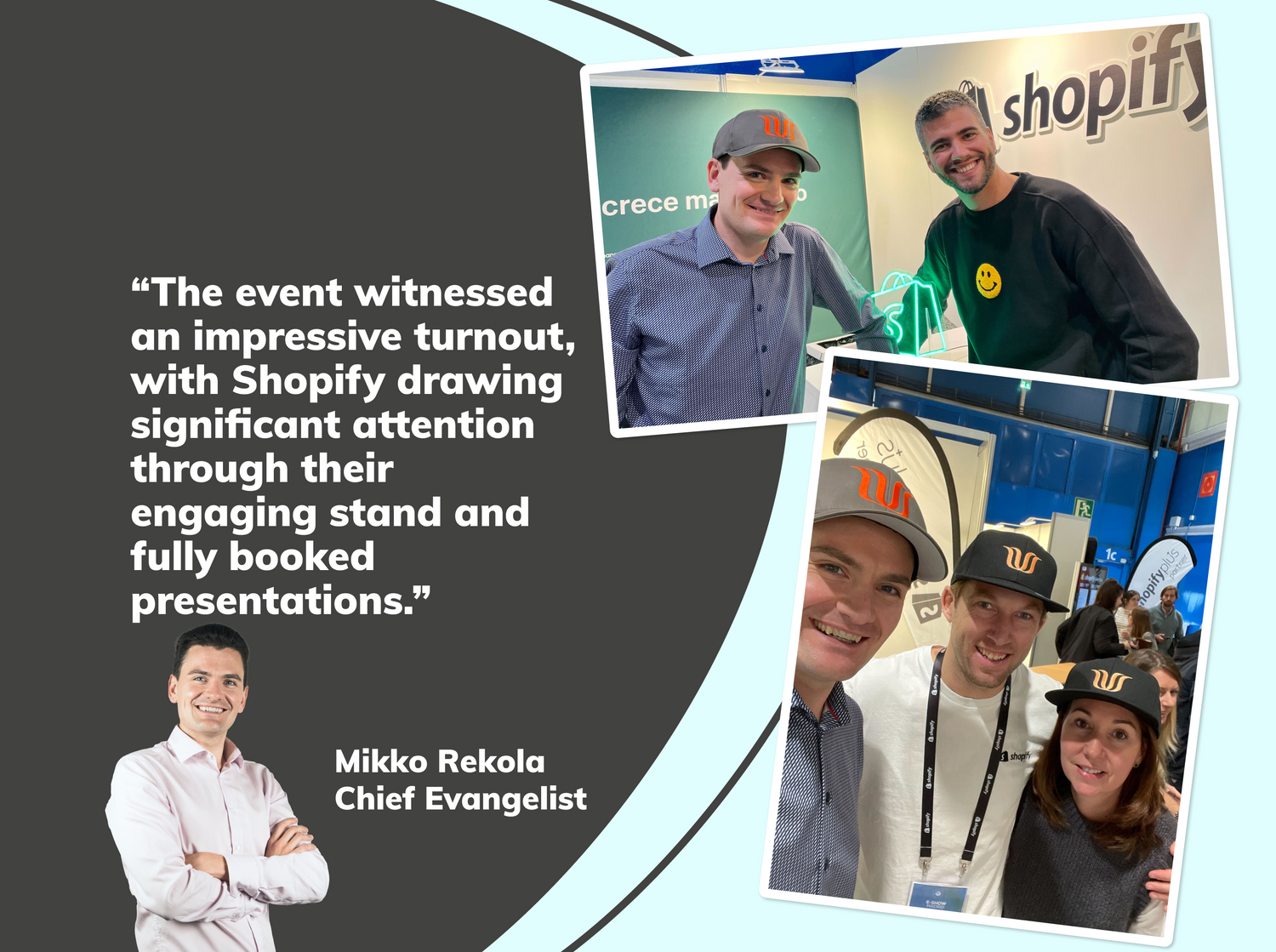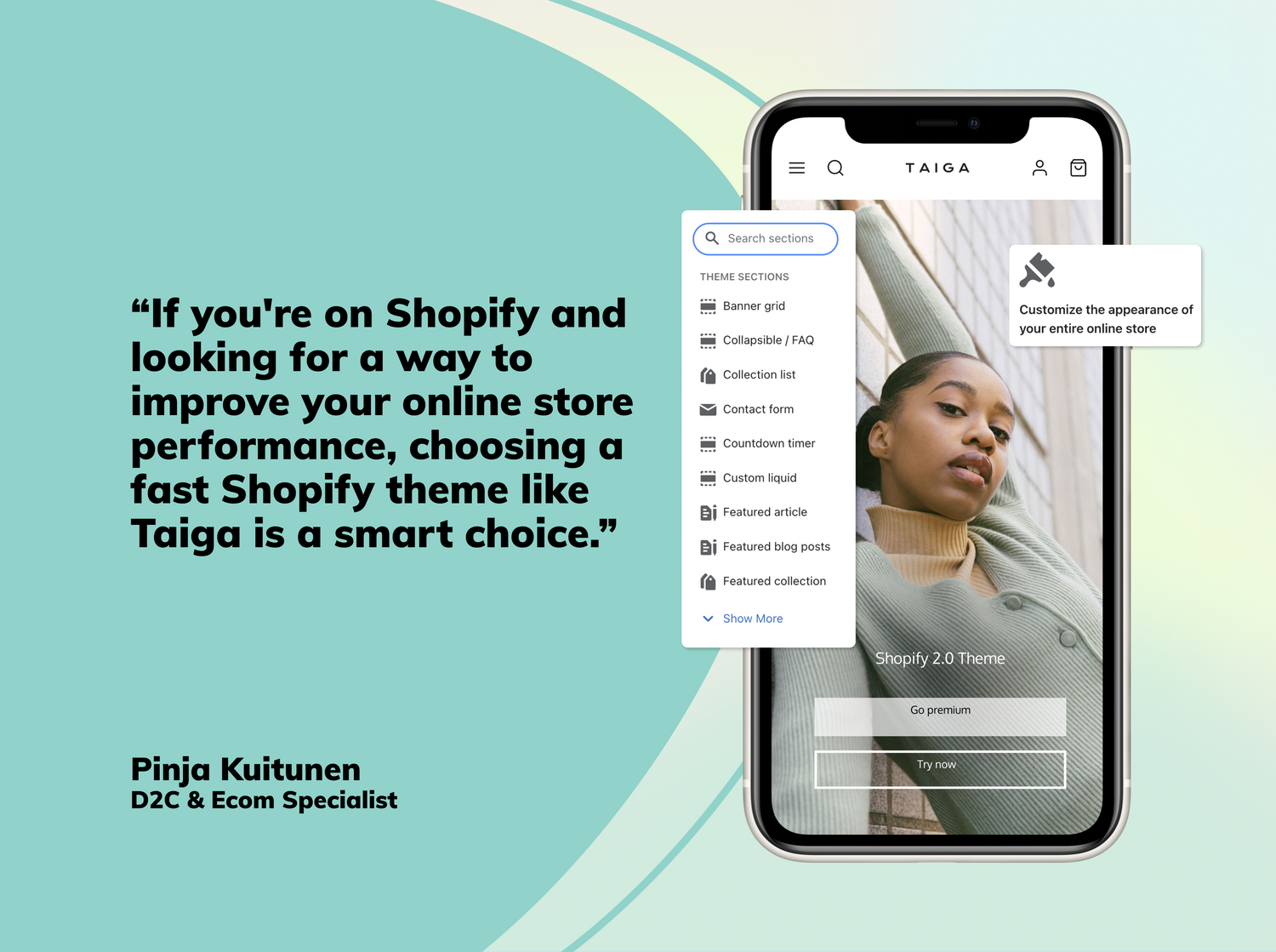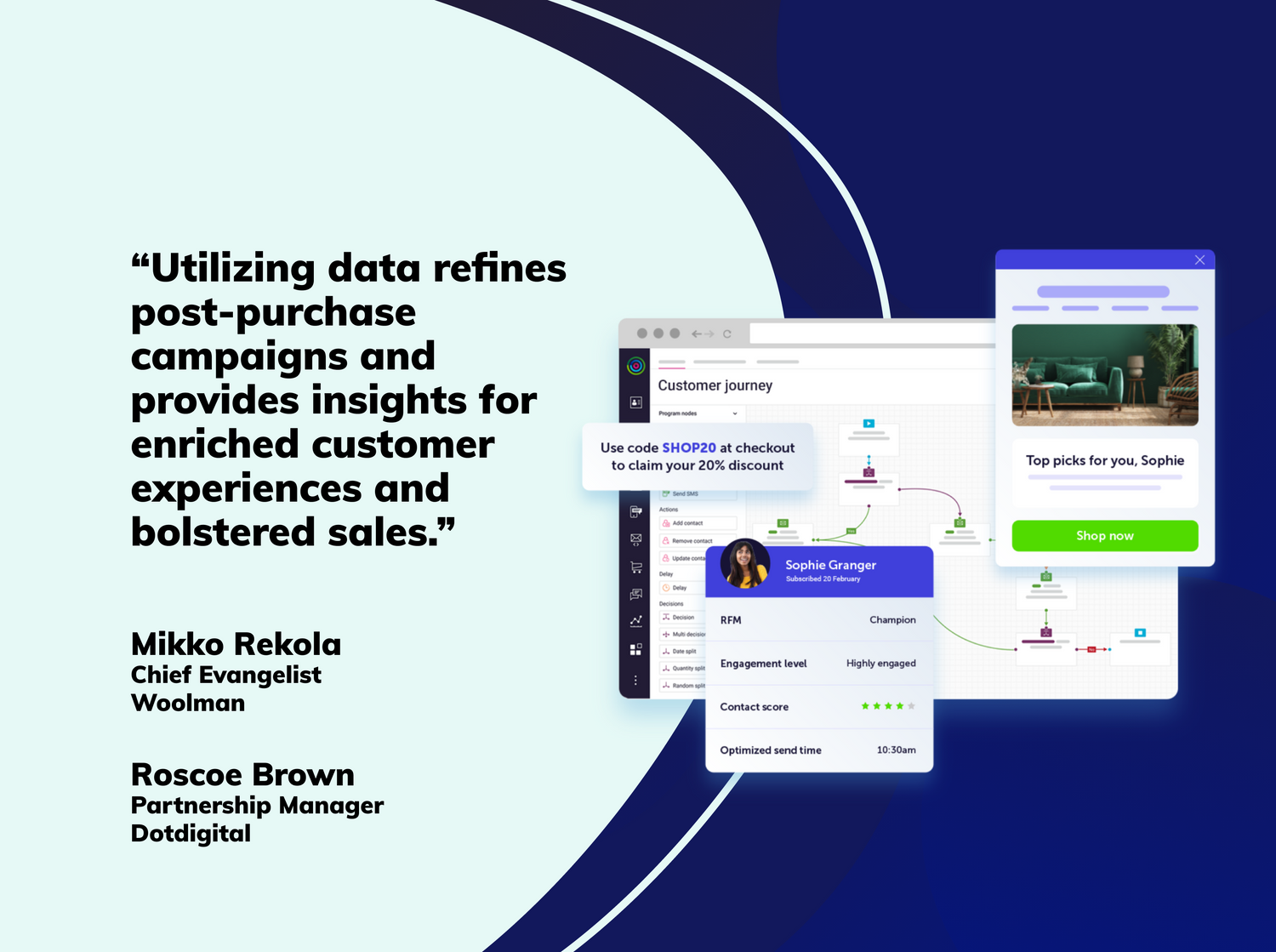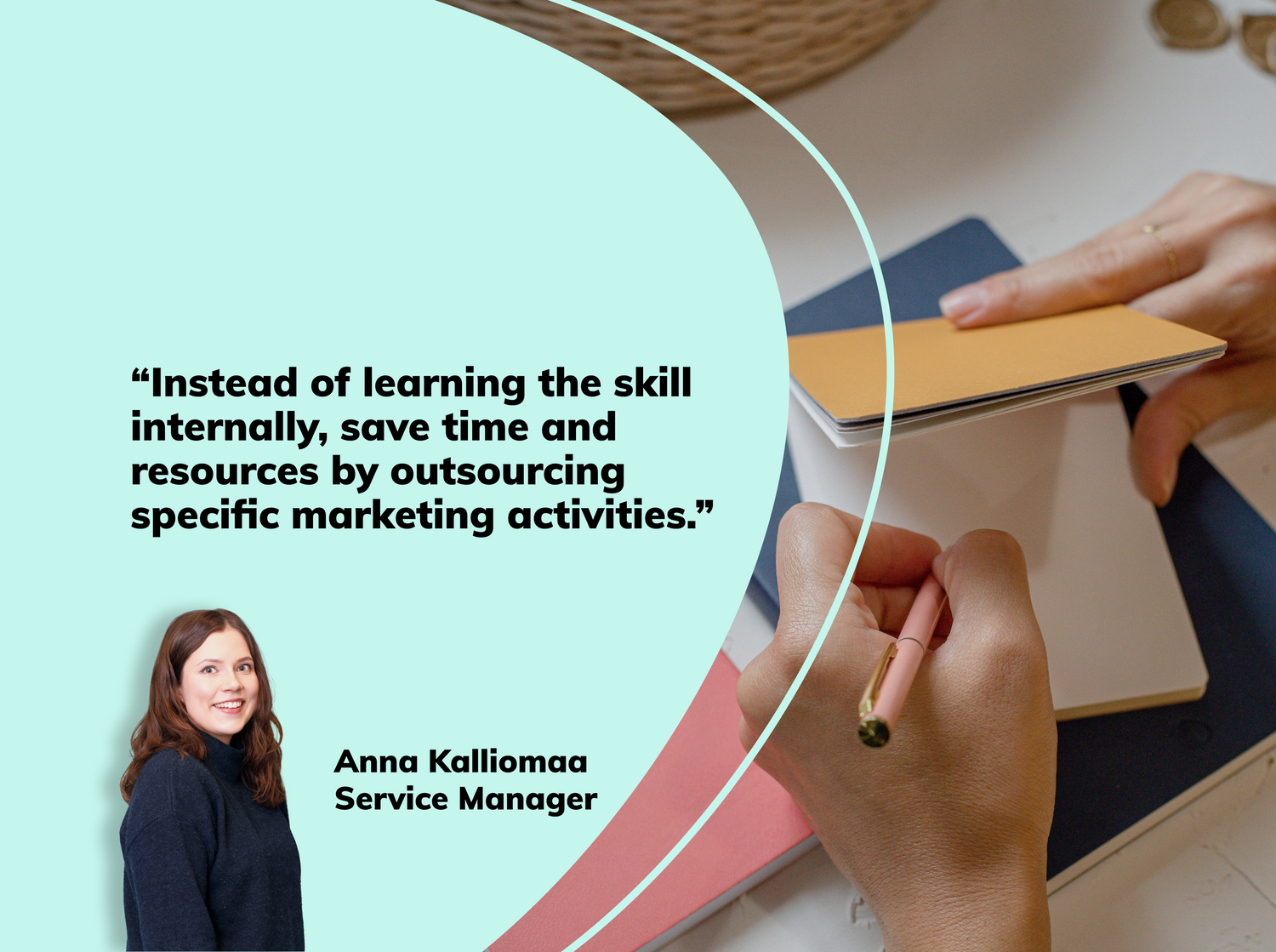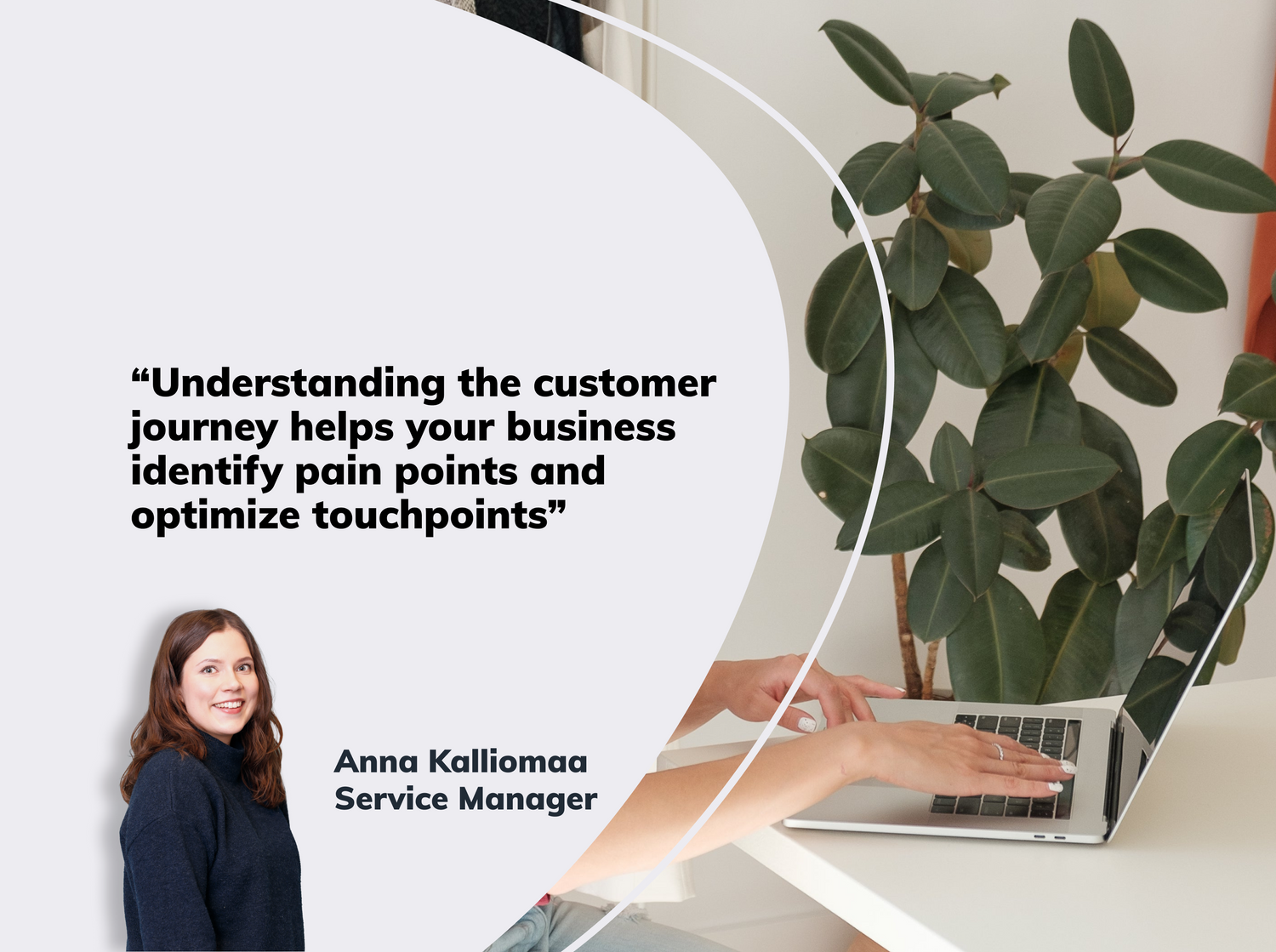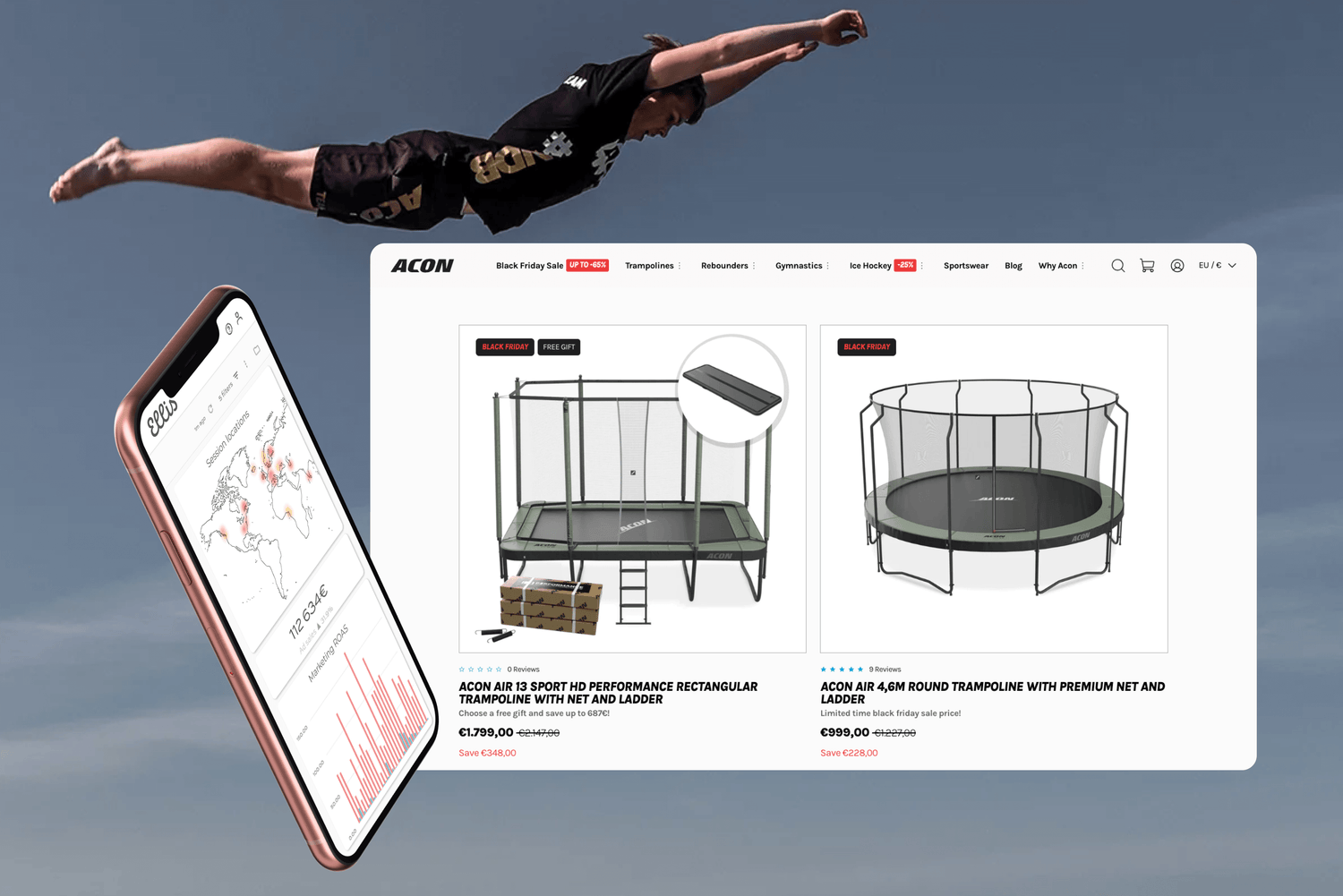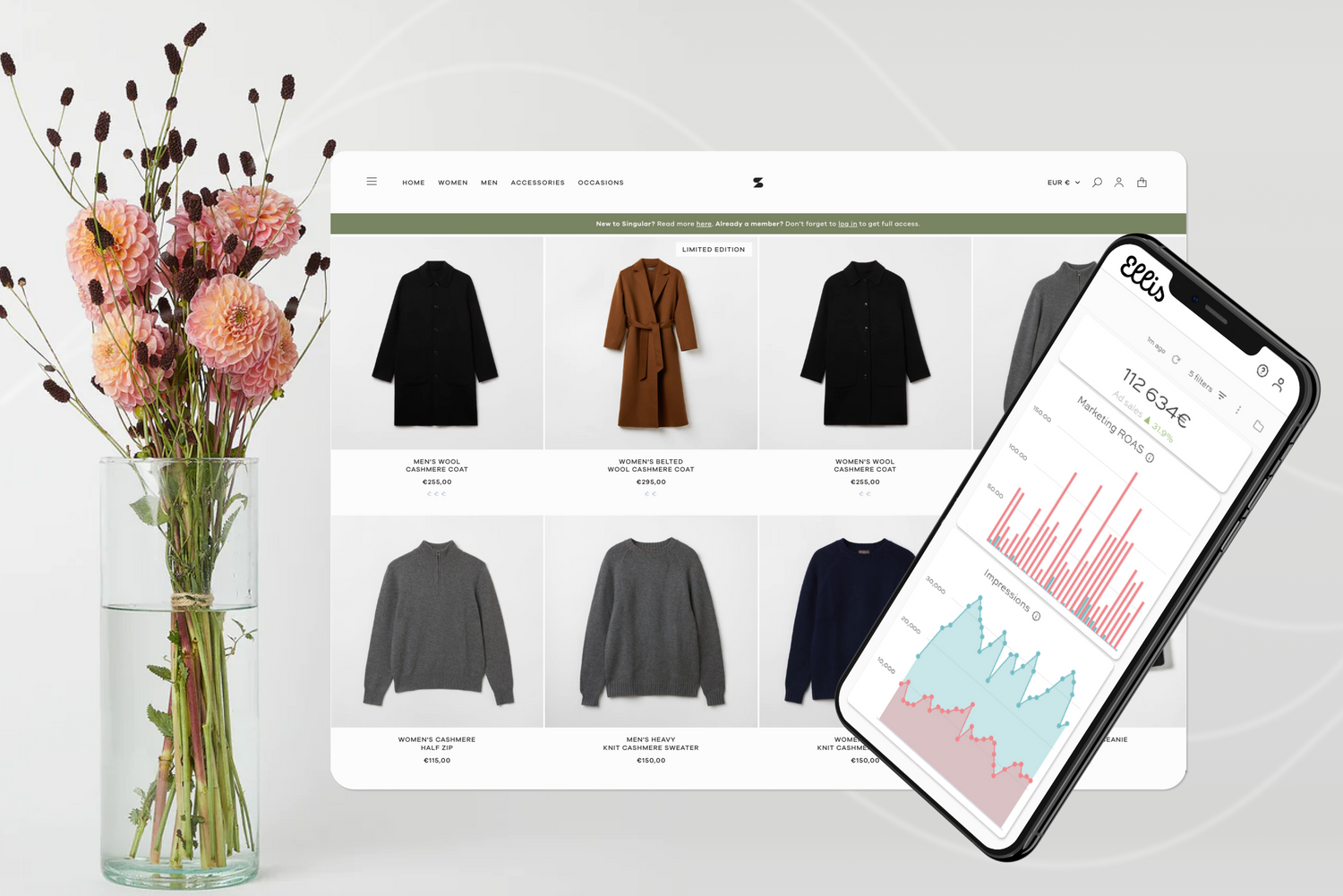
Day three of IRCE began with two keynotes. The first was from Framebridge CEO Susan Tynan, who told the true story of the first five years of her company. From the start, the company has focused on putting its customers’ business front and centre and developing its services on its customers’ terms.
Tynan began her presentation by stating that focusing on the customer is so obvious it’s difficult. After that she gave her view on the issues behind a company’s success and growth.
- Business pressures always mount up on the customer and it is the customer who generally suffers from them. Think about how you could solve your customer’s problems better.
- If what you do involves an emotional element for your customer, make sure that you keep your promise to them. Never break your promise!
- Always consider your customer’s priorities and desires first.
- Even if you’re serving your customer and the metrics look good, don’t be satisfied with feeling good. Listen to your customer in their own language. Understand their special requests and the value of keeping your promises to them.
- Predict what the customer wants from you next before they start to look for what they want elsewhere. Always stay one step ahead.
To finish, Tynan emphasized that the entire company’s operations should be built with the customer at the centre. You should defend, not protect your customer. In addition, you should maintain a level of service at which you serve them time after time.
From the army to clothing retailer
Grunt Style founder Dan Alarik gave the second presentation. His background is in the army, after which he started selling patriotic, army-style clothes. The first two and a half years were spent driving around the US with his boot full of T-shirts. His business was a loss-making hobby.
Through strict discipline and doing the right things, however, he managed to turn things around. Alarik made the audience laugh with his story of a rugged amateur who became a successful merchant. He achieved a lot with $1,200 in starting capital, even though it seemed several times that the end was near. Alarik reminded the audience that there magic tricks which change business rarely exist, but hard, determined work every day brings a business in the right direction. When there is a clear goal, it is easier to move towards it.
To finish, Alarik said that even though things are going well, you should never neglect concentration and a determined way of working. Growth easily creates a good feeling, which is one of the biggest blocks to scaling growth, he said.
How should you act when a customer wants service there and then?
The morning was rounded off by a presentation held by customer service software ZenDesk and the direct-to-customer meal service, Freshly. The topic was taking advantage of AI in customer service. The presentation told us that this business model has given power to the consumer, which is why it requires more of business. Service has to be available in all online channels and the customer no longer wants to queue or wait.
When AI really helps the customer with their problems, or shows them in the right direction, the traditional customer service agent is not necessarily needed. People are already being served by various bots and chat apps, but sufficient resources need to be invested in them. It is, in the end, up to the brand and merchant how best to take advantage of them.
The presentation was brought to a close with tips for better online customer service:
- Think about your customer service strategy. What does the customer want of you? Why do they want service?
- Prioritize. Take advantage of and appreciate the data you gather. They will set you on the right path when thinking about investments in developing customer service.
- Build and maintain. Constantly think about developing your customer service. Be brave in iterating changes and testing things. Testing is part of a successful e-commerce experience in customer service, too. So, dare to try out new ideas, because you can also stand out from the competition with customer service.
Traditional lessons to finish
The other presentations of the day talked about such topics as creating customer personas as part of personal marketing. Another was investing in mobile buying and removing barriers to buying.
The day ended with a presentation for customer acquisition professionals. How do you know when to put what message into what part of the buying process? In other words, what methods can be used to encourage a customer towards buying without annoying them?


